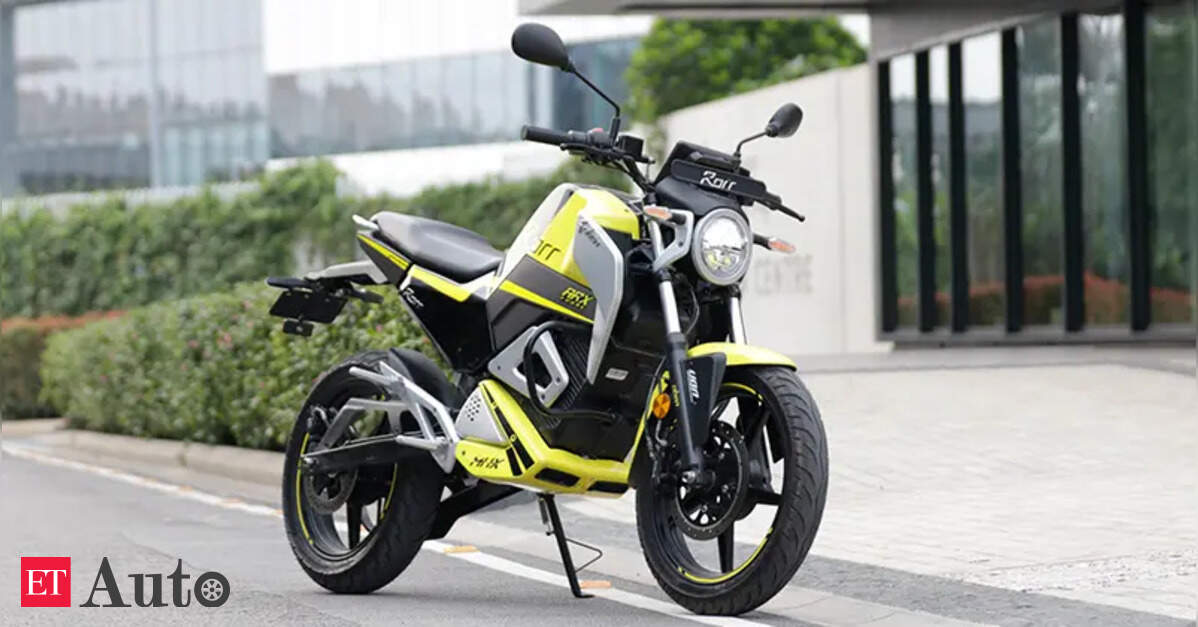Cloud computing: IIT Delhi AI model forecasts monsoon 18 days in advance

NEW DELHI: Two recent studies by IIT Delhi have demonstrated how artificial intelligence (AI) can enhance weather forecasting in India.In the first study, researchers used an AI model to predict monsoon patterns up to 18 days in advance — something that current models struggle to do.In the second study, another team compared four advanced AI weather models for cyclone tracking and found that they could predict cyclone paths with high accuracy, within 200km, up to four days ahead, and in just seconds.
According to researchers, these studies show how AI can make weather forecasting faster, cheaper and more reliable, which could aid in saving lives and helping with better planning in the face of approaching big weather events.In one study, doctoral candidate KM Anirudh, working under professors Sandeep Sukumaran and Hariprasad Kodamana at IIT Delhi, has achieved major progress in monsoon prediction by applying transformer neural networks — the same type of artificial intelligence technology that powers systems like ChatGPT.The research team trained their model using 25 years of high-resolution satellite rainfall data. This allowed the system to accurately forecast the monsoon intraseasonal oscillation (MISO) — a key driver of monsoon variability that recurs every 30 to 60 days — with a lead time of up to 18 days.
Current numerical weather prediction models struggle to forecast monsoon rainfall this far in advance. In contrast, the transformer-based AI model successfully captured these shifts up to two weeks ahead, while requiring significantly less computational power.In the other study, doctoral researcher Pankaj Lal Sahu, also guided by the same professors, conducted a comprehensive assessment of four leading AI-based global weather prediction models, comparing them with conventional numerical weather prediction (NWP) systems.The AI systems demonstrated remarkable capability in 96-hour cyclone track forecasting, maintaining positional accuracy within 200 kilometres while completing computations in seconds, rather than hours. Notably, the AI models successfully internalised complex atmospheric dynamics without explicit programming of physical equations, achieving this through advanced machine learning techniques alone.According to researchers, traditional weather models use physics and need huge supercomputers with hundreds of processors to make forecasts. But once they're trained, machine learning models can make forecasts in just seconds using only one powerful computer chip. This makes them promising for predicting dangerous weather like tropical cyclones (hurricanes and typhoons). "As extreme weather events become more frequent due to climate change, such AI-powered forecasting tools may prove indispensable for vulnerable communities worldwide," said professor Hariprasad Kodamana of IIT Delhi's chemical engineering department.Professor Sandeep Sukumaran from the Centre for Atmospheric Sciences added: "By combining the accuracy of traditional physics-based models with the speed and efficiency of machine learning, these systems offer exciting new possibilities for early warning and climate adaptation."











